Blockchain is set to transform how retailers do business and bring transparency to all stages of the supply chain.
Over the past few months, I have been researching the exciting world of blockchain and learning about this technology. I believe that the use of blockchain could create an entirely new eco-system of commerce and transacting across the world, and across all industries.
I am looking at blockchain through the eyes of a retailer and at how this new world can shape the future business model for retailing.
The basic premise of blockchain is as a decentralised, open ledger of information (to permitted participants), where the data is held on many distributed ledgers around the world.
All ledgers hold the same information for the data in question and any changes to this data are trackable, with all ledgers carrying the same copy of the data, enabling transparency and trust across the network.
The product journey
Let’s explore a product journey using blockchain. We will start with a product – for example, a jumper. We will call the blockchain ‘Antony blockchain’ and all of our data will be shared on this decentralised ledger.
All of our suppliers have access to the ‘Antony blockchain’ and use a standard naming convention across it. Access is restricted to the participants in the blockchain and the ledgers are held by suppliers, partners and internally.
The blockchain process
- A wool supplier tags its wool on the ‘Antony blockchain’ ledger, with the country and farm of origin.
- The factory where the wool is spun enters the details of the spinning process – for example, dates, times and locations.
- Next, the jumper is created in a different country and the item is added to the ledger along with the country and factory details.
- The product arrives at our warehouse and we already have all the details from the blockchain ledger. We check the product quality and enter into the system that we are happy with the item.
- Payment is made immediately to the supplier – as they are part of our blockchain – and the item is shipped to our Milan store.
- The next day a customer in store asks where the jumper was made, and our store staff are able to give them the full details about the product and confirm the item is genuine.
- The customer buys the item and we record the purchase.
This is an entirely new way of looking at commerce and a very simplified version of the blockchain potential.
As a retailer we will know at what stage the product is in the production cycle, the location of the product or components, the steps taken on its journey and the product quality.
The key to this system is the decentralised ledger, which reduces the systems issues and interfaces.
In the traditional model, you would have separate providers of information sending data via API (application programming interface) or EDI (electronic data interchange), which takes time and is prone to errors.
Blockchain helps improve process efficiency by anything from 40% to 60%, giving significantly more information to the retailer and the customer.

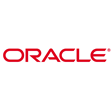



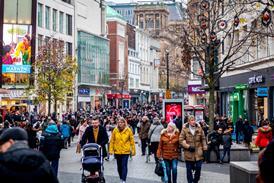


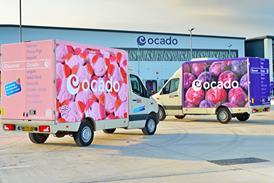




![Ollie Pryor[46]](https://d53bpfpeyyyn7.cloudfront.net/Pictures/274x183/1/7/1/3119171_olliepryor46_336332_crop.jpg)

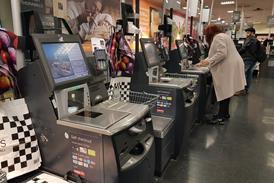















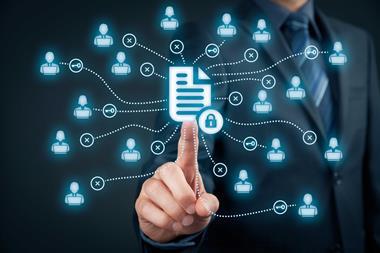
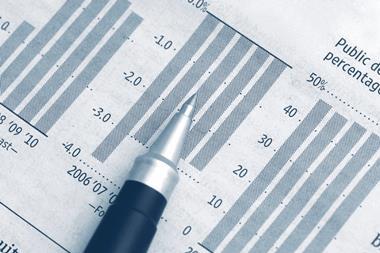
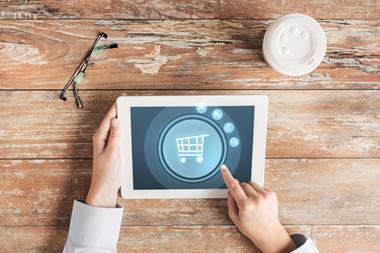

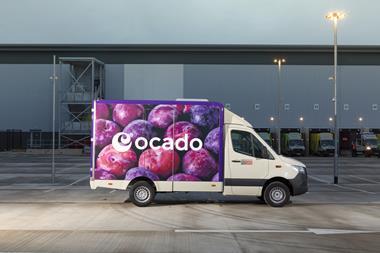
No comments yet